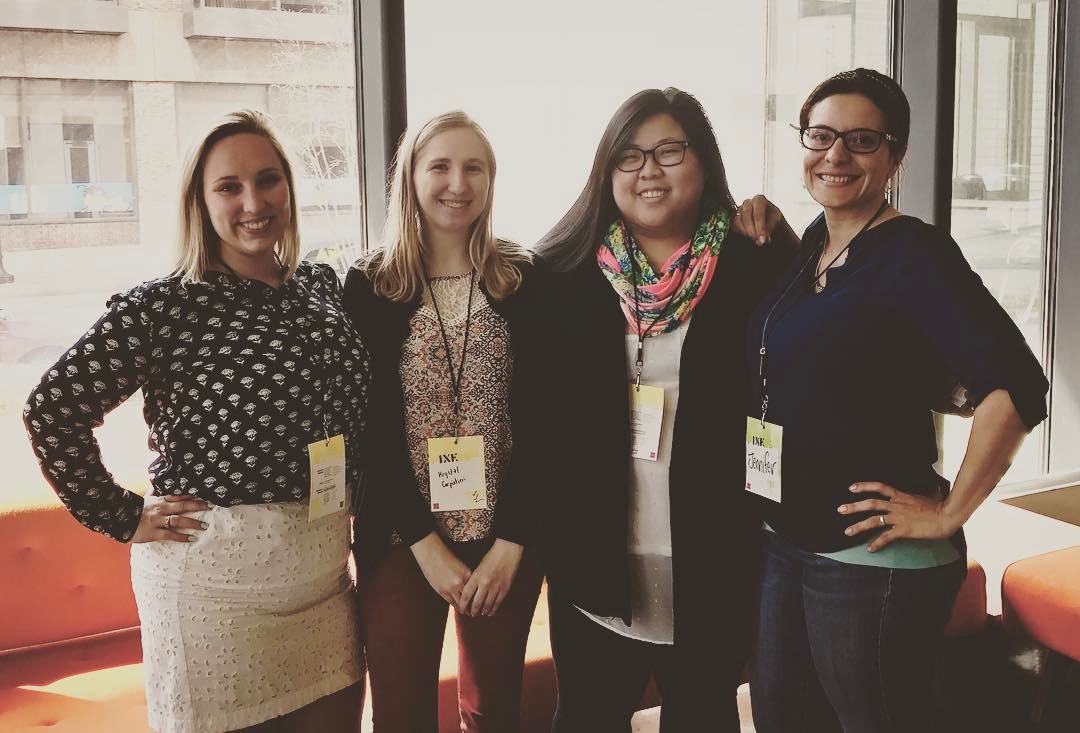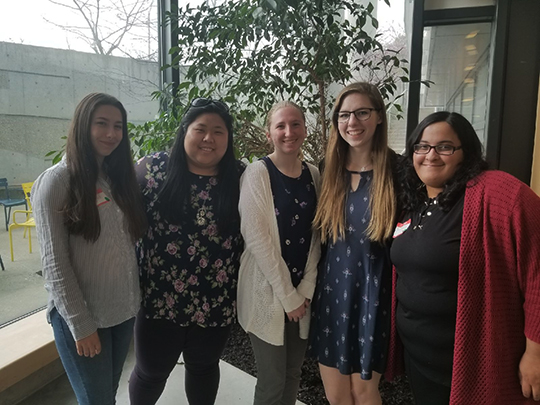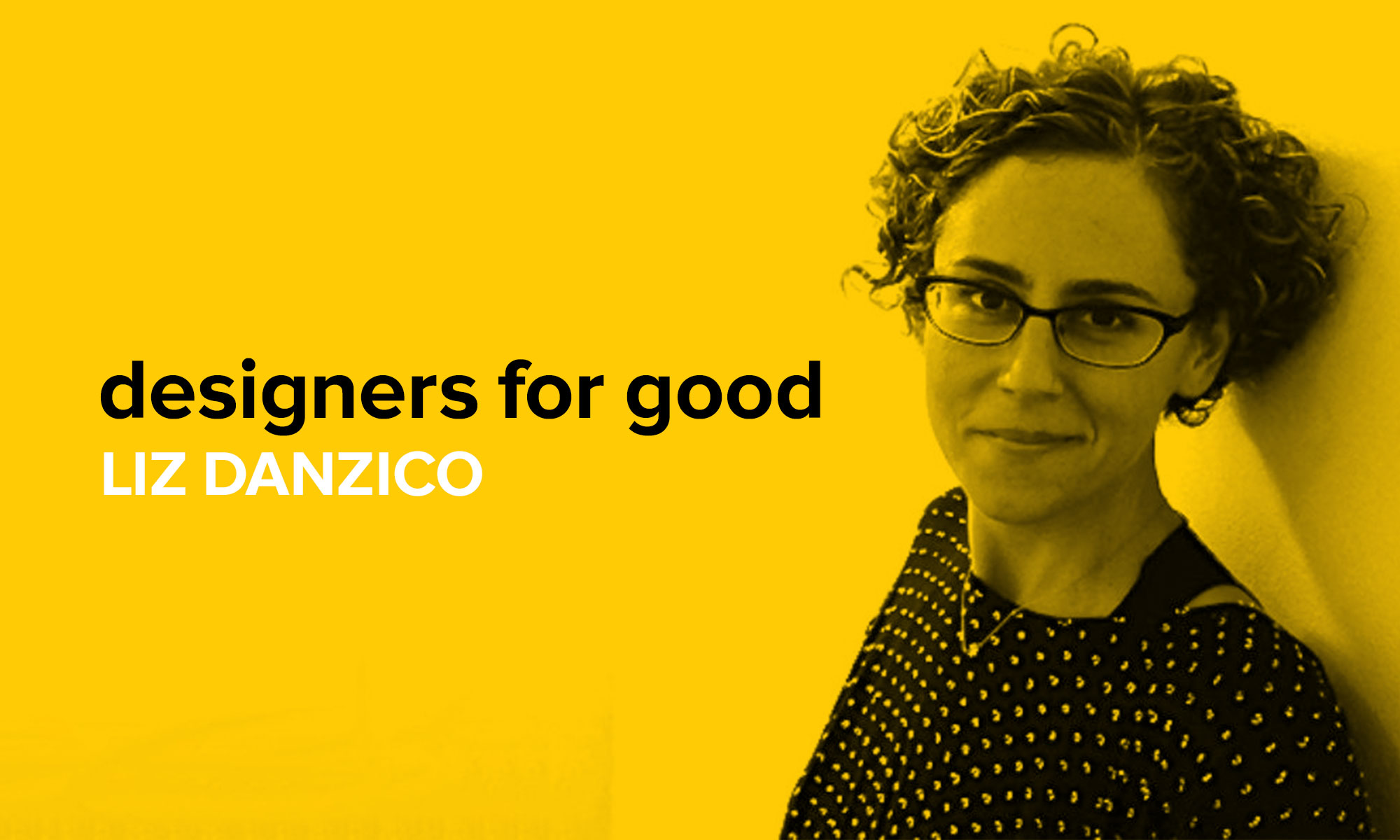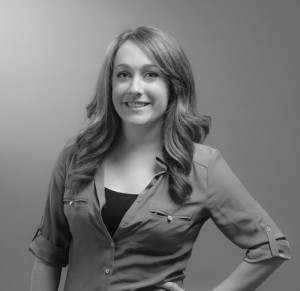AIGA Baltimore is here to help you succeed in your design portfolio reviews and interviews! Here is a guide for creating a design portfolio and some tips on how to prepare for an interview.
1. Quality over quantity. Showcase your best work.
We recommend starting and ending with an awesome piece. Don’t be afraid to include self-initiated work to stand out from the crowd. ONLY show your best work in your portfolio. If you aren’t 100% happy with a particular piece, don’t include it. It’s better to have 5-7 amazing projects than 10-15 projects that aren’t so great.
2. Think about how you will present your design portfolio—whether it is a PDF or an online portfolio.
Traditional portfolios are printed in a flipbook style. If you have mostly print pieces, the traditional route may be the way to go. A bonus of having a printed portfolio is the opportunity to showcase printed pieces and to give reviewers a takeaway. Or if you have mostly web pieces, think about creating a portfolio website.
If you create a traditional printed portfolio or just a PDF, we suggest using Adobe InDesign to create the best design layout! Use 1-2 pages for each project and make sure you have a good hierarchy in terms of typography and images. A good size is 12×18 inches.
Don’t forget to make your projects pop by placing them in mockups. We recommend keeping your mockup files organized to avoid re-downloading huge files. Some good mockup sites are mockupworld.co, creativemarket.com, graphicburger.com, and unblast.com. If you can’t find a free mockup, sometimes it’s easier to just create your own.
If you need more design resources, check out this *FREE* Design Resource Guide from YouTuber & Graphic Designer, Kel Lauren.
3. Create a graphic design online portfolio.
It is a good idea to have a graphic design online portfolio so you can easily share it on LinkedIn, via email. Think about using Behance (free to use), Adobe Portfolio (you need a Creative Cloud account), Dribbble (you need to be invited), or a custom website such as Squarespace, Wix, or WordPress. Keep an out on the Creative Market freebies as they sometimes offer free website templates.
4. Seek design opportunities outside of school.
There are lots of ways to get involved in design outside of school. Join the Baltimore Graphic Designers group on Facebook. It’s a group for Baltimore area-based graphic designers to create community, ask questions, get advice, share jobs, and plan meet-ups.
One way is to get involved with AIGA Baltimore! AIGA Baltimore is gearing up for another year of learning, connecting, and growing, and we need your help! Join board leaders on 1/26 at 12PM to hear about open roles and volunteer needs and find out where you can make a difference.
5. Keep your career goals in mind.
What do you want a career in? Think about all of these categories:
- Brand Identity Design
- Marketing & Advertising Design
- Packaging Design
- Motion & Video Design
- Web & User Interface Design
- Print & Publication Design
- Lettering & Type Design
- Graphic illustration
- Data Visualization & Infographic Design
Learn more about these specific career types on dribbble: https://dribbble.com/resources/types-of-graphic-design
6. Practice how you will present your work.
Be ready to discuss the goal of the project and how you reached the solution. Consider bringing any process sketches with you as well since reviewers are interested in your overall process.
Make sure that the pieces you include are the ones you are proud of. Make sure you can talk confidently in your meeting, interview, or review. Practice with a professional if you can.
7. Seek expert feedback. Attend Ink & Pixels 2022!
Take the next step towards your design career! Whether you want to make a good impression in interviews, need a new perspective on your portfolio, or want fresh eyes on a current project, we’re here to help. Ink & Pixels is one of AIGA Baltimore’s largest events focused on helping designers prepare for a career or career shift.
This year, Ink & Pixels will be a 2-part event. The first event will be a virtual panel, From Portfolio to Offer: The Art of Getting Hired on Saturday, April 23rd. The Ink & Pixels portfolio reviews returns on Saturday, April 30th at Towson University. Mark your calendars and clean up those portfolios!
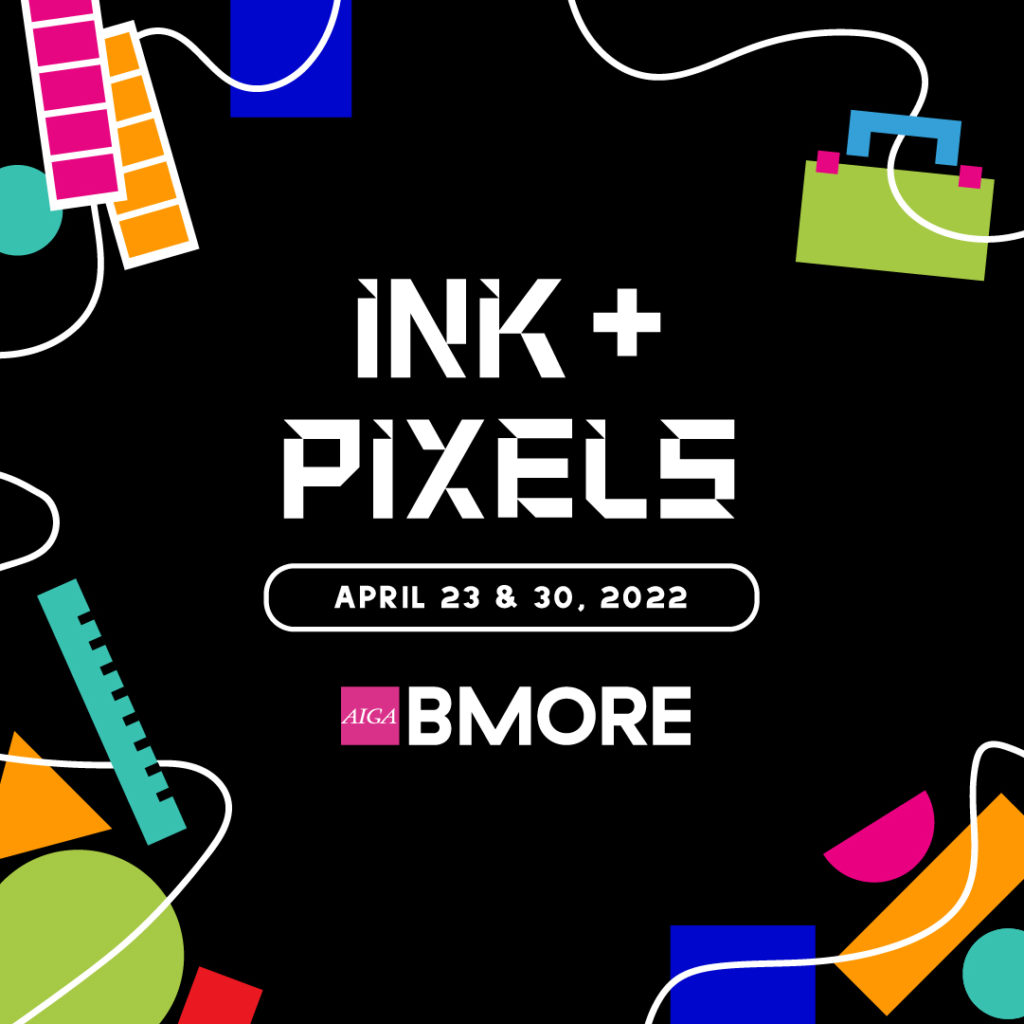


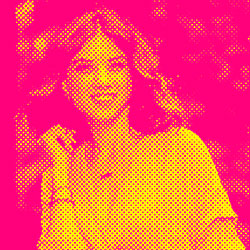


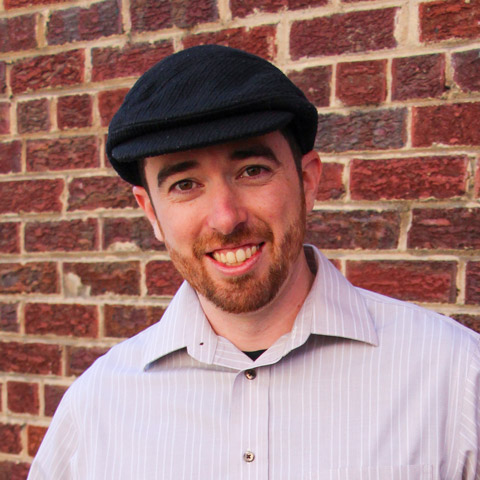 Rob Maguire has over 15 years’ experience providing graphic design and marketing services to businesses of all sizes. After changing gigs each time his wife switched jobs and cities, Rob decided to begin his role as an independent creative. His experience working as an agency art director, and later as an in-house senior package designer has cultivated a knack for understanding the unique needs of each client. Today, Rob works and lives in Maryland with his wife, kids, and dogs.
Rob Maguire has over 15 years’ experience providing graphic design and marketing services to businesses of all sizes. After changing gigs each time his wife switched jobs and cities, Rob decided to begin his role as an independent creative. His experience working as an agency art director, and later as an in-house senior package designer has cultivated a knack for understanding the unique needs of each client. Today, Rob works and lives in Maryland with his wife, kids, and dogs.